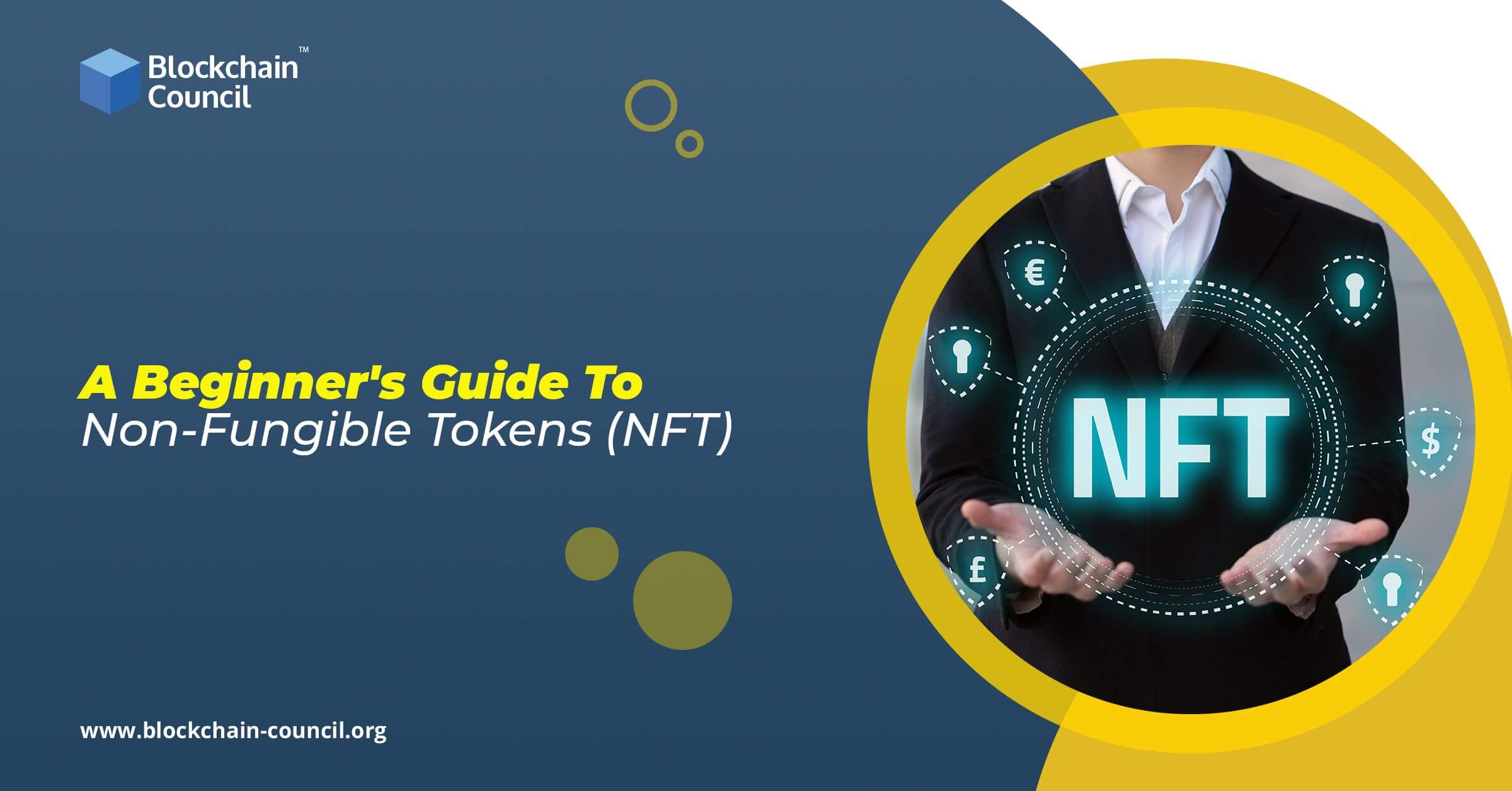
- Anshika Bhalla
- January 06, 2023
We have created an Updated Step-by-Step NFT Guide for Beginners to give you a complete understanding of “What is an NFT and how it works”. Also, read about industry insights, Key leaders & professionals, and job opportunities in the NFT Space. Click here to read the complete NFT Guide.
If you’ve ever used the words “NFT” or “non-fungible token” and had no idea what they meant, you’re not alone.
Until 2021, it was a relatively rare concept, but in recent months, it’s become more common to hear it mentioned in conjunction with digital artwork sold for millions of dollars.
In the cryptocurrency world, NFTs are the latest craze. Are NFTs, however, worth all of the publicity and, well, money? They aren’t going to be around for too long, according to many experts. Many others, on the other hand, believe that NFTs are here to stay and will forever change investing. But, first and foremost, what is NFT?
What is NFT?
The most recent blockchain craze to enter the mainstream is non-fungible tokens or NFTs.
NFTs, or non-fungible tokens, are cryptographic objects on the blockchain with special identification codes and metadata that differentiate them from one another. They cannot be sold or substituted for equivalency, unlike bitcoin. This is in contrast to fungible currencies, such as bitcoins, which may be used as a means of exchange since they are interchangeable.
The special construction of each NFT allows for a wide range of applications. They’re an excellent way to digitally represent real-world artifacts like real estate and artwork, for example. Since NFTs are based on blockchains, they may also be used to replace intermediaries and link artists and fans, as well as for identity management. NFTs will cut out the middlemen, simplify contracts, and provide new markets.
Want to become a Certified NFT Expert? Sign up to the Blockchain Council now!
What You Should Do About NFTs
Cryptocurrencies, like real money, are fungible, which means they can be bought and traded with one another. For eg, one Bitcoin is still worth the same as another Bitcoin. A single Ether unit is frequently equivalent to another Ether unit. Because of their fungibility, cryptocurrencies are suitable for use as a stable medium of trade in the modern age.
Non-fungible tokens (NFTs) change the crypto model by rendering each token exclusive and irreplaceable, making comparisons between non-fungible tokens impossible. They’ve been compared to digital passports because they’re digital representations of money, and each token has its own exclusive, non-transferable identity that sets it apart from the others. They’re also extensible, meaning you can combine two NFTs to make a third, exclusive NFT.
NFTs, like Bitcoin, have unique ownership characteristics that make it simple to recognize and transfer tokens between owners. Owners of NFTs may also provide metadata or attributes about the asset. Coffee beans, for example, maybe represented by fair exchange tokens. Artists may also sign their immersive artwork with their own name in the metadata.
NFTs were created as a result of the ERC-721 specification. The ERC-721 standard specifies the minimum interface for sharing and distributing gaming tokens, including ownership histories, authorization, and metadata. The ERC-1155 protocol expands on this idea by lowering non-fungible token processing and storage costs while still allowing many non-fungible token forms to be combined into a single contract.
How do NFTs work?
On a high level, most NFTs are part of the Ethereum blockchain. The blockchain also supports certain NFTs, which store additional information that enables them to work differently than, say, an ETH coin. Ethereum, like bitcoin and dogecoin, is a cryptocurrency, but the blockchain frequently accepts such non-fungible tokens (NFTs), which store additional information that enables them to function differently from an ETH coin, for example. It’s important to note that NFTs can be used in a variety of ways by other blockchains.
There are no physical items shared since NFTs are only usable in digital form.
Similar to crypto-currency, a blockchain (a digital record) acts as a public ledger to verify ownership status. Critics lament that these artificial inventions can be accessed and traded, but experts argue that this is close to how things work in the physical world. A copy of an existing work of art is not the same as the original. A “token” is sent to the buyer of an NFT, proving that they are the only ones who have the “original” work.
Why is the price of NFTs so high?
Anyone should use an NFT to tokenize their “one-of-a-kind” work in theory.
Non-fungible tokens go a bit above the comparatively simple concept of cryptocurrencies. Complex exchange and leasing schemes are available for a range of asset types, including real estate, loan arrangements, and artwork, in modern finance systems. NFTs are a step forward in the reimagining of this infrastructure and they provide digital versions of physical properties.
To be sure, neither the concept of digital representations of physical objects nor the use of a unique identity are novel concepts. When these innovations are mixed with the benefits of a tamper-proof blockchain with smart contracts, they become a strong force for change.
The most noticeable advantage of NFTs is their productivity in the workplace. Converting a tangible asset to a digital asset streamlines operations and eliminates the need for middlemen.
On a blockchain, NFTs reflect digital or tangible artwork, removing the need for agents and allowing artists to interact directly with their audiences. They will also help businesses grow their operations. An NFT for a designer bag, for example, would make it easier for various supply chain participants to communicate with it and monitor its development, processing, and distribution during the process.
Non-fungible tokens may also be used to keep track of identities. Take, for example, ID cards for work in a company, which must be shown at all points of entry and exit. Individual ID cards may be converted into NFTs, each with its own unique set of characteristics, to streamline entry and exit procedures for officials.
NFTs can democratize investing by fractionalizing tangible assets such as real estate.
It is 100 times easier to distribute a digital asset between multiple owners than a physical one.
This tokenization approach isn’t just about real estate; it can be applied to other forms of property as well, such as artwork. As a result, artwork does not need to be purchased by a particular person. Its digital equivalent will be owned by many people, each of whom will be responsible for a small part of the job. Deals like this have the potential to increase the company’s value and profits.
The emergence of new opportunities and ways of funding is the most promising opportunity for NFTs. Consider a parcel of land that has been subdivided into many parts, each with its own collection of characteristics and property types. One division might be near a beach, while another might be a shopping mall, and yet another might be a suburban town. Each piece of land is exclusive, priced appropriately, and represented by an NFT that reflects its characteristics. Real estate trading, which is a complex and bureaucratic operation, can be simplified by adding relevant metadata into each special NFT.
Wrapping up
So there you have it, the A to Z of NFTs. The concept of tokenized pieces of land of different values and positions could be applied in the modern world as NFTs became more sophisticated and integrated into the financial infrastructure. To summarise, combining art and collectible attributes seems to be one of the most effective ways to draw new buyers.
To get instant updates about Blockchain Technology and to learn more about online Blockchain Certifications, check out Blockchain Council.

































































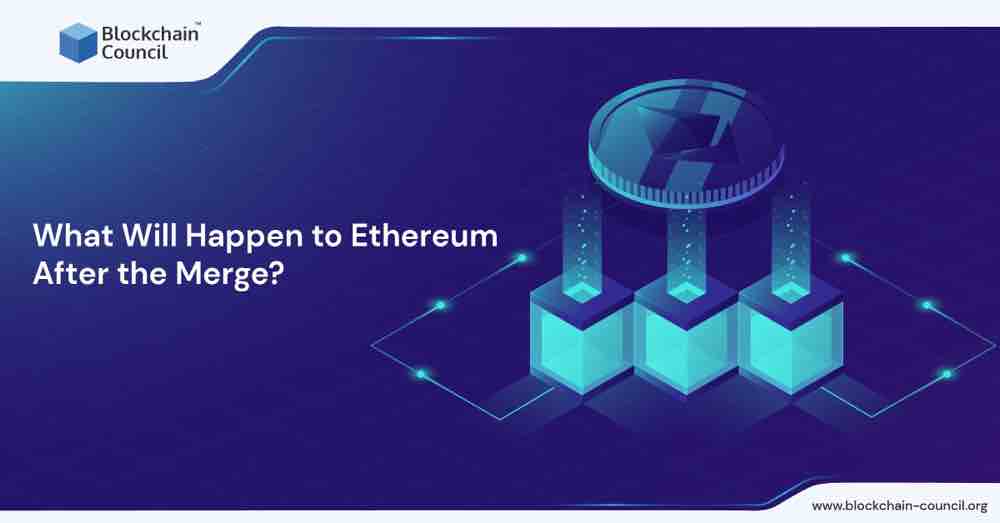
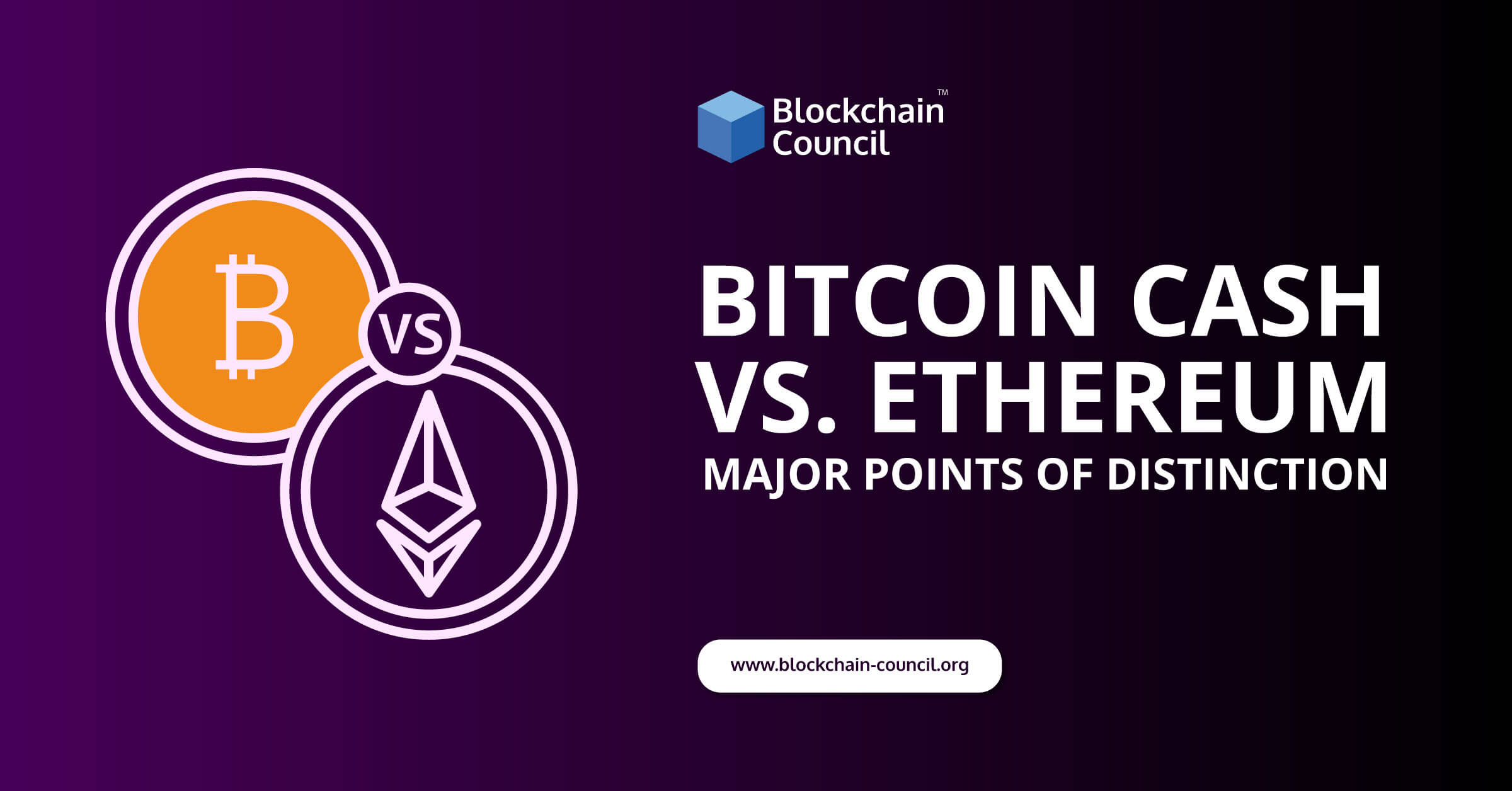
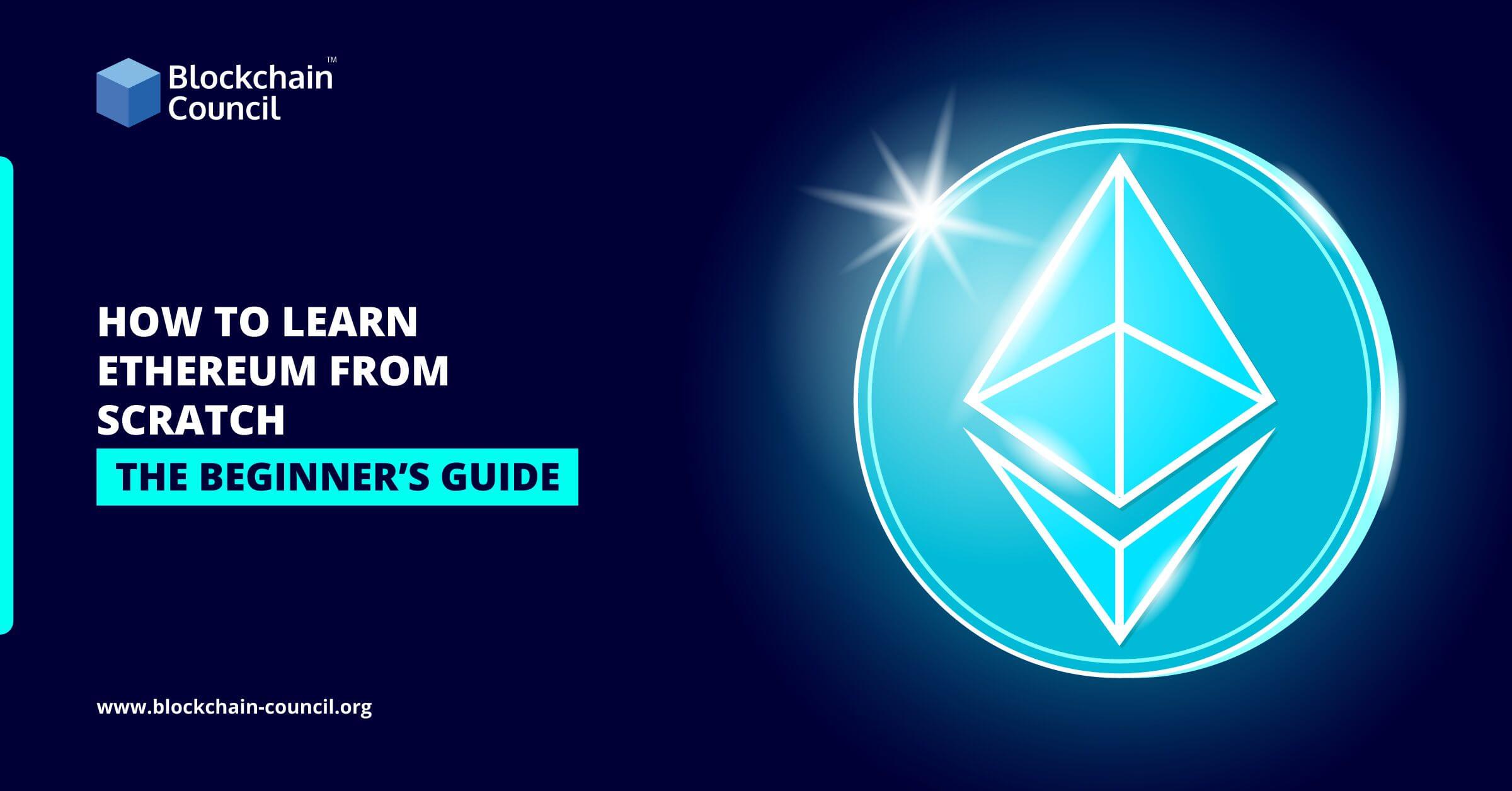
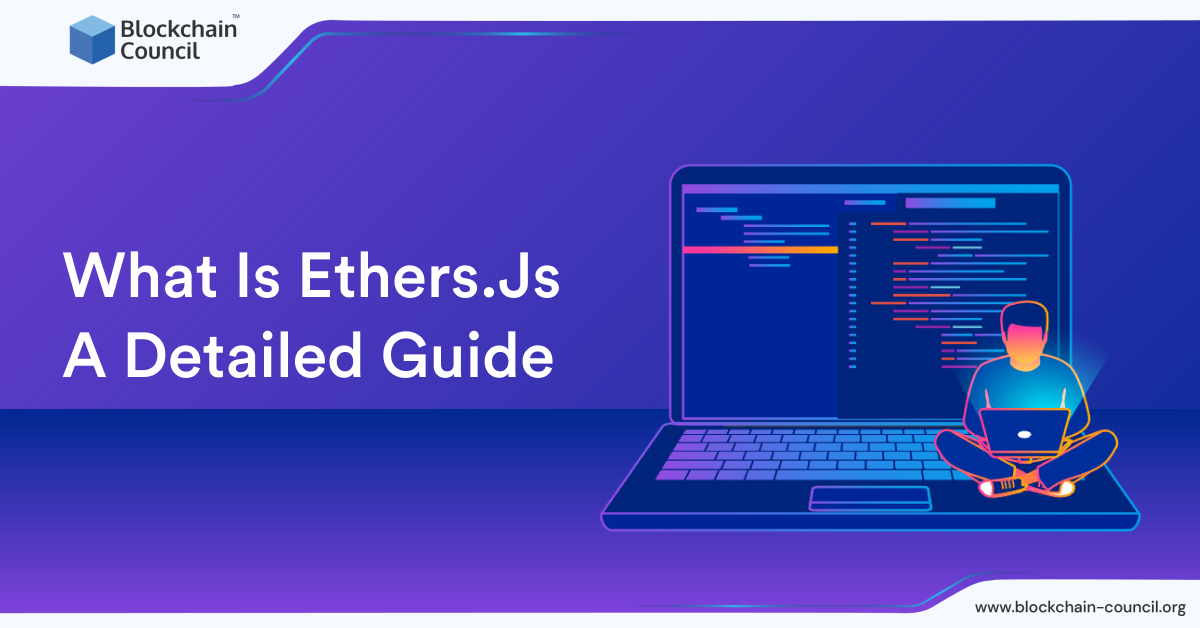
 Guides
Guides News
News Blockchain
Blockchain Cryptocurrency
& Digital Assets
Cryptocurrency
& Digital Assets Web3
Web3 Metaverse & NFTs
Metaverse & NFTs
